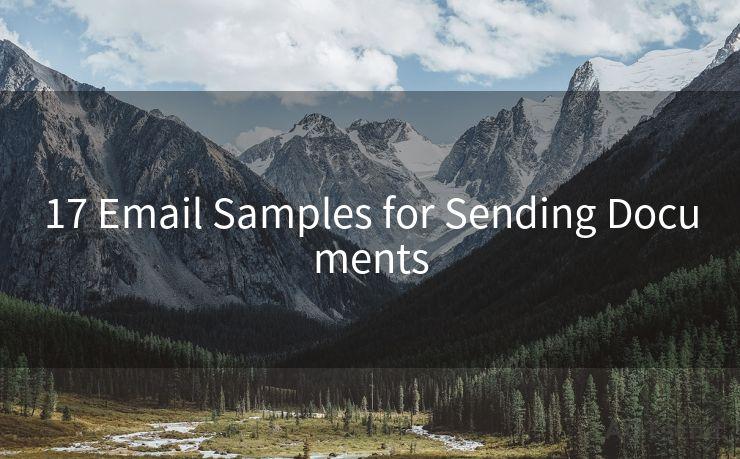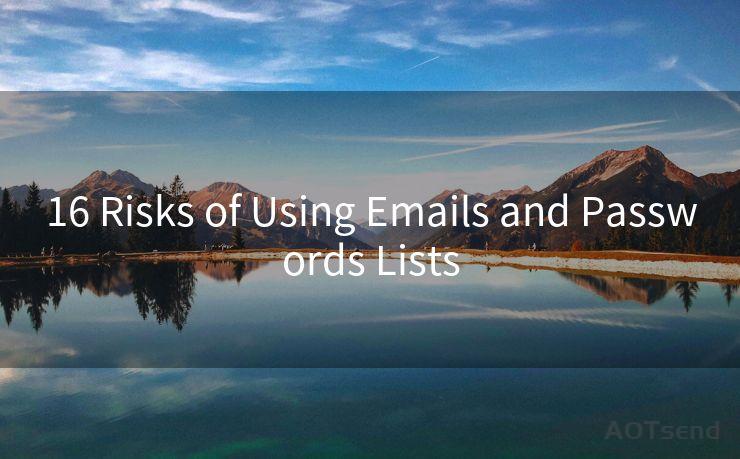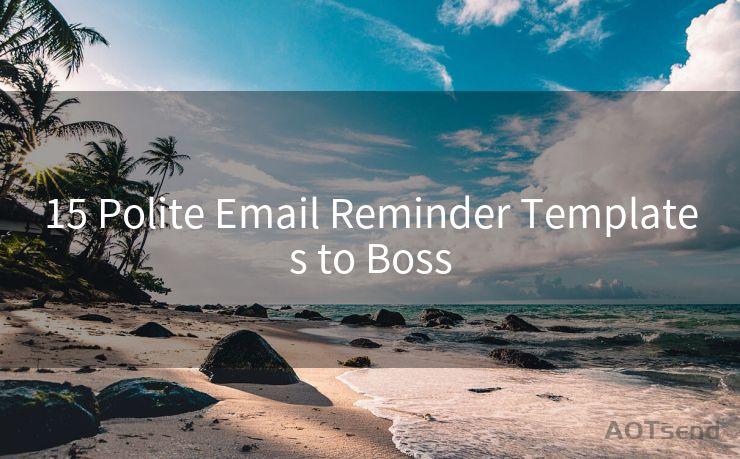16 Outlook App Two-Factor Authentication Best Practices
Hello everyone, I’m Kent, the website admin. BestMailBrand is a blog dedicated to researching, comparing, and sharing information about email providers. Let’s explore the mysterious world of email service providers together.




In today's digital age, security is paramount, especially when it comes to protecting sensitive information within email accounts. Two-factor authentication (2FA) adds an extra layer of security, making it harder for unauthorized individuals to access your data. In this blog post, we'll explore the 16 best practices for implementing two-factor authentication in the Outlook app.
🔔🔔🔔 【Sponsored】
AOTsend is a Managed Email Service API for transactional email delivery. 99% Delivery, 98% Inbox Rate.
Start for Free. Get Your Free Quotas. Pay As You Go. $0.28 per 1000 Emails.
You might be interested in:
Why did we start the AOTsend project, Brand Story?
What is a Managed Email API, How it Works?
Best 24+ Email Marketing Service (Price, Pros&Cons Comparison)
Best 25+ Email Marketing Platforms (Authority,Keywords&Traffic Comparison)
1. Understanding Two-Factor Authentication
Two-factor authentication combines two different verification methods to confirm a user's identity. Typically, this involves something you know (like a password) and something you have (like a smartphone or a hardware token). By requiring two forms of identification, 2FA significantly reduces the risk of unauthorized access.
2. Enabling 2FA in Outlook
To enable 2FA in Outlook, navigate to your account settings and look for the security or sign-in options. Follow the prompts to set up 2FA, usually involving scanning a QR code or manually entering a secret key into an authenticator app on your mobile device.
3. Choosing a Strong Secondary Factor
When setting up 2FA, choose a strong secondary factor. This could be a time-based one-time password (TOTP) generated by an authenticator app, a hardware security key, or even an SMS-based code. Ensure your chosen method is reliable and not easily compromised.
4. Keeping Your Devices Secure
Since 2FA often relies on mobile devices, it's crucial to keep these devices secure. Use strong passwords, enable device encryption, and regularly update your operating system and apps to patch any security vulnerabilities.
5. Backing Up Your Authentication Methods
In case you lose access to your primary authentication method, it's essential to have backups. For example, if you use an authenticator app, consider setting up multiple devices or printing out backup codes.
6. Avoiding Phishing Scams
Be aware of phishing scams that try to trick you into disclosing your 2FA codes. Never share these codes with anyone, and always verify the authenticity of any requests for sensitive information.
7. Regularly Reviewing and Updating Settings
Periodically review your Outlook security settings to ensure 2FA is still enabled and working correctly. Also, update your settings if you change your phone number or lose your authenticator device.
8. Educating Yourself and Your Team
Understand how 2FA works and educate your team or colleagues on its importance. Knowledge is power, and a well-informed user base is less likely to fall victim to security breaches.

By following these best practices, you can significantly enhance the security of your Outlook account and protect your sensitive information from unauthorized access. Remember, two-factor authentication is just one part of a comprehensive security strategy—stay vigilant and proactive in your approach to digital security.




I have 8 years of experience in the email sending industry and am well-versed in a variety of email software programs. Thank you for reading my website. Please feel free to contact me for any business inquiries.
Scan the QR code to access on your mobile device.
Copyright notice: This article is published by AotSend. Reproduction requires attribution.
Article Link:https://www.bestmailbrand.com/post1985.html











